|
In my work, I see many great players convey the hallmark qualities of a perfectionist that unfortunately can be the most dominant factor in sabotaging their potential. It is important to be aware that this trait can become a strength with an understanding of how to shape and adapt this trait in your daily habits. In this article, I will share the different blueprints of perfectionism, how they can influence your game, and the strategies to initiate damage control. Blueprint #1. Personal Standards Perfectionism Characterized by extremely high personal standards for performance, persistence toward goals, and a propensity for neatness and precision. Players who fit this profile are typically hard working and intense. This trait can have positive consequences as it energizes action toward goals without a fear of failure. On the flip side, it is also linked to extreme and obsessive behavior that is all-consuming.  What does it look like in a Golfer?
Finding Balance in your Striving for Excellence
Blueprint #2. Evaluative Concerns Perfectionism This type of perfectionism is linked to the most destructive consequences, including depression, anxiety and low self-confidence. Athletes who fit this profile perceive a great deal of external pressure to achieve high standards and it is people pleasing that drives their perfectionistic striving. There is no room for error in this type of perfectionism, which leads to fear of failure with extreme self-doubt and concern over mistakes. What does it look like in a Golfer?
Switching Focus to Re-calibrate your Perfectionism
Dr Jay-Lee Nair - Sports Psychologist "So simply put, if you don't currently have a competitive stroke average of 70.75 or lower and you enter the European Tour School you, will be automatically donating to the coffers of the European Tour!" 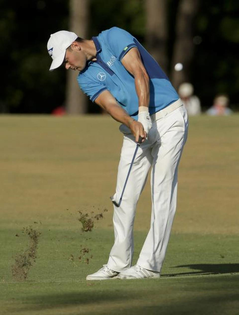 The European Tour over the years is growing to where the number of tournaments and prize money rivals the PGA Tour. With the most recent plan to join forces with the Asian Tour it offers up an attractive proposition to young golfers from all over the world to go to the annual tour qualifying school to earn a tour card, which will allow them to play the following year. But is it way easier said than done! So what are the facts--what is the reality you face when entering the European Tour Qualifying School? How good do you really need to be to earn one of the 25 tour cards on offer? Reality Check Number 1 The first level of reality you need to confront is that there are 3 qualifying stages to play, and it will cost you U.S. $2,043.00 to enter, and there's no refund if you don't progress past the 1st qualifying stage. Also be mindful that around 700 entries are received each year, and that adds up to a US$1,430,100 (That's nearly 1.5 million dollars in entry fees) windfall for the European Tour. Remember only 25 golfers plus ties get playing privileges on the main tour at the end of the 3rd stage. 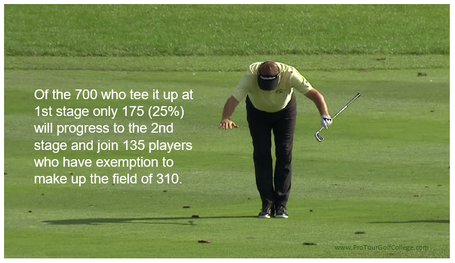 1st Stage (4 rounds) Of the 700 who tee it up at 1st stage only 175 ( 25%) will progress to the 2nd stage and join 135 players who have exemption to make up the field of 310. In 2014 there were 10 venues used for 1st stage with the average winning score being -14.4, and the average for the last qualifying spots was -5.1. All 10 venues were spread around Europe. So simply put, if you don't currently have a competitive stroke average of 70.75 or lower and you enter the European Tour School, you will be automatically donating to the coffers of the European Tour! The stroke average for winning at 1st stage was 68.4 per round, which is rather impressive, with -18 being the lowest winning score at a couple of venues and - 2 was the highest score of all the venues. 2nd Stage (4 Rounds) The field of 310 are spread over four venues and at the end of the four rounds only 80 players (25%) get the opportunity to move on to the final stage. The depth and quality of the field is of the highest quality, with a mixture of "young guns" and experienced tour players. That's why the average 4 round score required to get the last spot at each venue is - 7.25, or 70.2 per round. Final Stage (6 Rounds) The final stage has been conducted at the PGA Catalunya Resort in Spain over the last few years. Six rounds over the Stadium and Tour courses. The Stadium course is a much tougher test compared to the Tour course. The 80 players from 2nd stage join another 80 or so players that have exemptions into the final stage. They include those that held a tour card that year on the main tour but failed to finish in the top 110 in the Race to Dubai. Plus those from position 26 to 40 on the European Challenge Tour that just missed out on the 25 cards given to players who finished up the best 25 on that tour. The pressure at final stage of tour school is arguably higher than any tournament as failing to secure a top 25 spot means the player has to wait another year before he can get another opportunity. For those who play well enough to secure one of the 25 cards plus ties, they are guaranteed at least 18 starts on the European Tour. The winning score at European Tour School was - 20 or an average of 68.67 per round by Mikko Korhonen from Finland. The final card T25 was Allesendro Tardini (Italy), Daniel Woltman (USA), and Cyril Bouniol (France) scored - 7 for the six rounds, or an average of 70.84 per round. 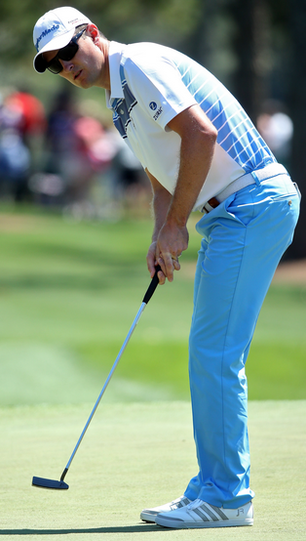 Justin Rose Started His Career on the European Tour Justin Rose Started His Career on the European Tour The stark reality that the numbers present from the 2014 European Tour School indicate that for any player to have a realistic chance to earn a tour card he has to have a competitive scoring average lower than 71. Not even if you possess a handicap of +1 or the equivalent playing standard at your club will it even be close to the standard required to get one of the 25 cards plus ties on offer. Take note of some important statistics below as they will show you what is required
The 2014 tour is at the stage where only the top 110 will progress to the remaining events after Hong Kong, and of the 27 that got their card at tour school only 12 are inside that 110 position. 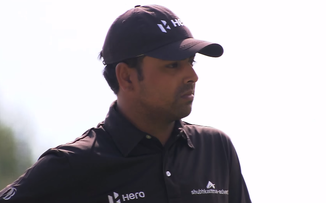 Leading the pack is Anirban Lahiri from India with 2 wins on tour and winnings of U.S. $1,594,818.00 with Matthew Fitzpatrick with 1 tour victory and U.S. $1,535,900.00 in prize money. Chris Paisley is right on the bubble (110 on the money list) with U.S. $270,265.00. The above article should give you a more realistic understanding of what the minimum requirements for you to be competitive at the European Tour Qualifying School. Now if you're hoping it's going to be your week, you're going to need at least three of those "it might be my week" wishes for you to have a good chance of getting one of the cards on offer. Now don't let the facts destroy your dreams of being a successful tour player just yet, but this is your reality check, and it just means that you have to be more than ready to compete at any tour school these days. And the reason is simple; there are many amateur and professional golfers the world over who have a competitive scoring average lower than 71 who will be there aiming to secure one of those 25 cards. So let's hope that one of them is you. David Milne and Lawrie Montague - Pro Tour Golf College The Professional Golf Tour Training College for Serious Amateur and Professional Golfers |
Archives
June 2019
|
Proudly Supported By
Copyright © 2011 - 2018 Pro Tour Golf College
Website Managed By Golf Performance Media
All Rights Reserved
Website Managed By Golf Performance Media
All Rights Reserved


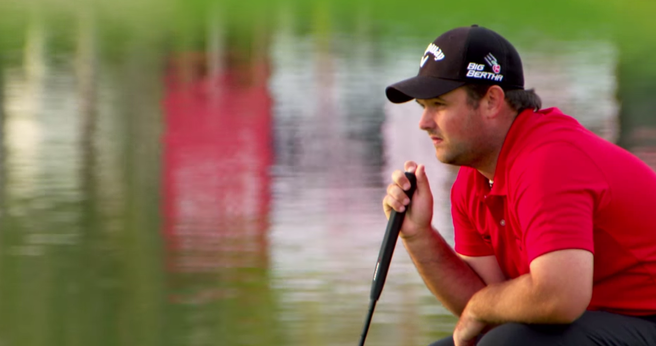


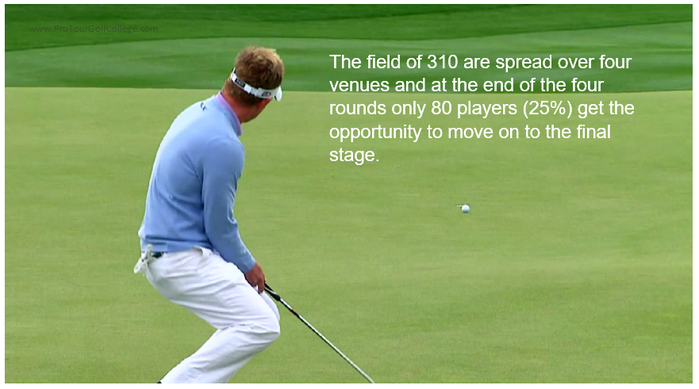

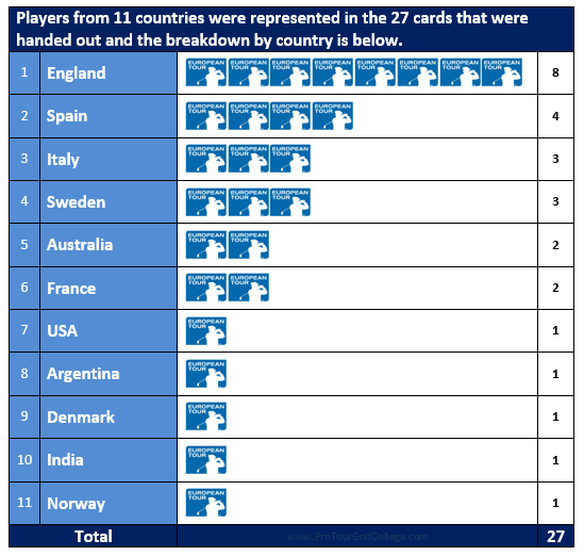

 RSS Feed
RSS Feed



